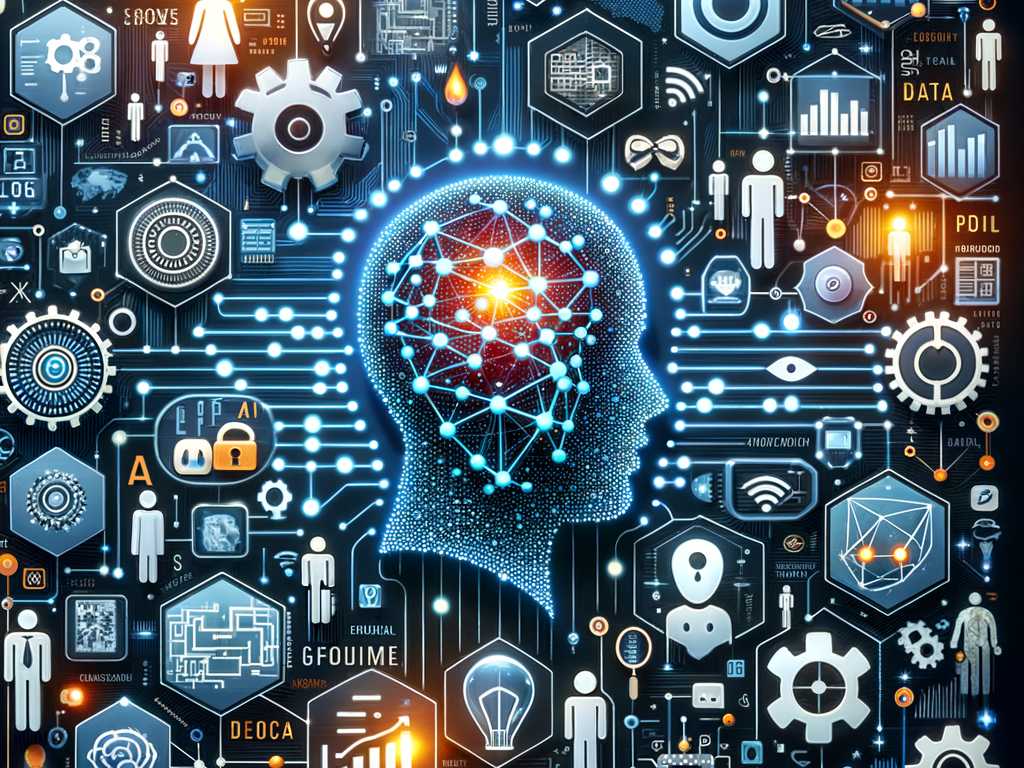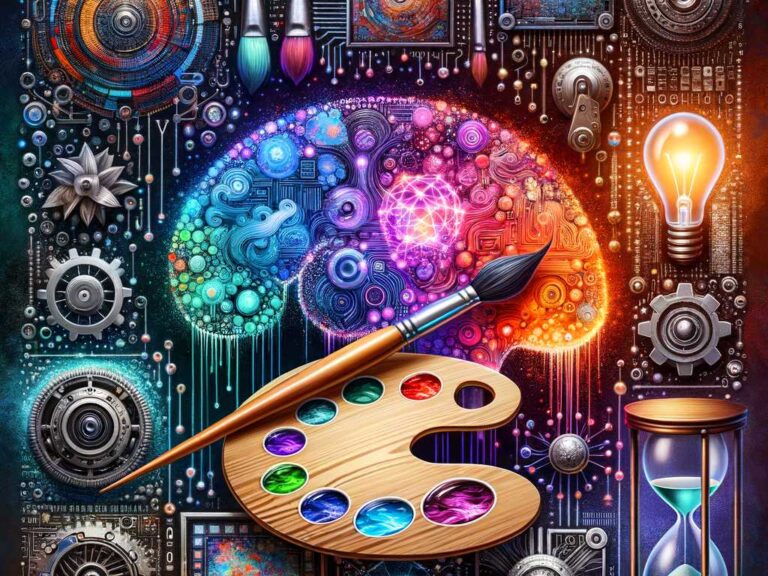
Revolutionizing Interaction: Chatbots and Customer Service AI
December 21, 2023
Power of Artificial Intelligence in Business: A Game-Changer in the Corporate World
December 27, 2023
Harnessing Machine Learning for Stellar AI-Generated Images
The art of generating captivating images with Artificial Intelligence (AI) is an incredible fusion of technology and creativity. AI, particularly machine learning, has revolutionized the way we create, enhance, and customize visual content. Whether for personal projects, marketing campaigns, or artistic endeavors, the ability to generate stunning images using AI is an invaluable skill in today’s digital landscape. In this article, we’ll explore the intricacies of leveraging machine learning for creating the best AI-generated images.
Understanding the Machine Learning Framework
Machine learning, a subset of AI, operates by using algorithms to parse data, learn from it, and then make decisions or predictions about something in the world. Unlike traditional software, machine learning can improve its performance as it is exposed to more data. For image generation, this means an AI can learn from a vast array of visual inputs and develop the ability to produce new, unique images that resonate with human viewers.
Choosing the Right Tools and Platforms
The first step in generating top-notch AI images is selecting the right machine learning tool. There are numerous platforms available, each with different features and capabilities. Some popular examples include Google’s DeepDream, NVIDIA’s GANs (Generative Adversarial Networks), and OpenAI’s DALL-E. These platforms offer various levels of customization and are designed to meet the needs of both novice users and seasoned professionals.
Feeding Quality Data
The quality of AI-generated images heavily relies on the data provided. Machine learning models must be trained with extensive datasets that are high-quality, diverse, and relevant to the desired output. When training your AI, ensure your datasets are clean, well-labeled, and free from bias. This will enable the algorithm to learn effectively and produce the best possible results.
Fine-Tuning the Machine Learning Model
To generate the best images, it’s essential to fine-tune your machine learning model. This process involves adjusting the parameters of the algorithm to optimize its performance for your specific task. With fine-tuning, you can guide the AI to generate images that align with your aesthetic preferences, whether you’re aiming for realism, abstraction, or a particular style.
Regular Experimentation and Iteration
Machine learning is an iterative process. To master AI-generated imagery, you must be willing to experiment and iterate. Try different settings, tweak your datasets, and challenge the AI with new tasks. Each iteration provides valuable feedback that can be used to refine the image generation process further.
Keeping Up with Machine Learning Advances
The field of machine learning is rapidly evolving, with new techniques and improvements emerging regularly. Stay informed about the latest advancements in AI and image generation to ensure you’re utilizing the most cutting-edge methods. This proactive approach will help you create images that stand out and capture attention.
Ethical Considerations and Originality
As you embark on generating images with AI, consider the ethical implications. Machine learning models can inadvertently perpetuate biases present in their training data. Strive to use AI responsibly, promoting diversity and fairness. Moreover, while AI can produce original works, always give credit to the machine learning models and datasets that made your creations possible.
Conclusion
Generating the best AI-enhanced images is an art that melds the precision of machine learning with the boundless potential of human creativity. By using the right tools, feeding quality data, fine-tuning models, and staying updated with the latest advancements, anyone can create compelling visual content with AI. As machine learning continues to advance, the possibilities for AI-generated imagery will only grow, offering us a glimpse into a future where technology and artistry converge seamlessly.
Get the power of AI for your marketing campaigns
Simplify campaign management and maximize results with AdMind. Create high quality content, generate images, integrate digital channels, automatize editorial plans, track performance, and optimize for maximum success.
More AI-Marketing News
Subscribe to unlock the power of AI-driven content marketing and to get free stuff!
I read and accept the Privacy Policy.






